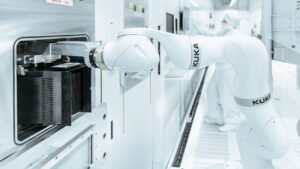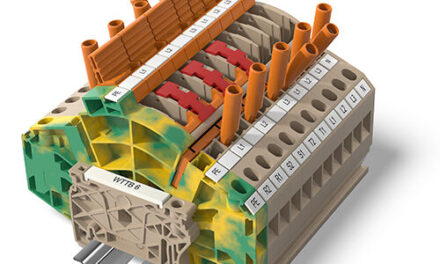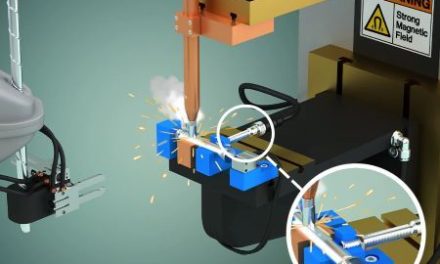 The electronics industry has come a long way in the past few decades. With the advent of new technologies and the increasing demand for electronic products, the industry has seen a significant rise in the production of electronic devices. However, as the demand for electronic devices has increased, so has the need for accuracy and repeatability in the manufacturing process. This is where robotics comes into play. In this essay, we will explore why the electronics industry needs the accuracy and repeatability of robotics to manufacture successfully.
The electronics industry has come a long way in the past few decades. With the advent of new technologies and the increasing demand for electronic products, the industry has seen a significant rise in the production of electronic devices. However, as the demand for electronic devices has increased, so has the need for accuracy and repeatability in the manufacturing process. This is where robotics comes into play. In this essay, we will explore why the electronics industry needs the accuracy and repeatability of robotics to manufacture successfully.
To begin with, the electronics industry is known for its complex manufacturing processes. The production of electronic devices involves a wide range of components, from microchips to circuit boards, and each of these components must be manufactured with great precision. A single mistake in the manufacturing process can result in a faulty product, which can be disastrous for both the manufacturer and the end consumer. Therefore, accuracy and repeatability are critical in the electronics industry, and this is where robotics can play a significant role.
Robots are programmed to perform tasks with high precision and accuracy. They are designed to work with a high degree of repeatability, meaning they can perform the same task over and over again with consistent results. This is crucial in the electronics industry, where the production of electronic components requires a high level of precision and repeatability. Robots can perform tasks such as soldering, pick and place, and quality control, all with the highest degree of accuracy and consistency.
Moreover, robotics can help manufacturers in the electronics industry save time and money. Robots are capable of working around the clock, 24/7, without any breaks or downtime. This means that manufacturers can increase their production output without having to worry about the limitations of human labor. Additionally, robots can perform tasks at a much faster pace than humans, which can significantly reduce production time and increase efficiency. By using robots, manufacturers can produce electronic devices at a much faster rate, which can ultimately result in increased profits.
In addition, the use of robotics in the electronics industry can significantly improve product quality. Robots can perform tasks such as soldering with the highest level of precision, which can result in fewer defects and higher quality products. This is crucial in the electronics industry, where product quality can directly impact customer satisfaction and brand reputation. By using robots, manufacturers can ensure that their products meet the highest standards of quality, which can lead to increased customer loyalty and brand recognition.
Furthermore, the use of robotics in the electronics industry can also improve workplace safety. Electronic manufacturing involves working with hazardous materials, such as lead, solder, and chemicals, which can be harmful to human health. By using robots, manufacturers can reduce the risk of workplace accidents and injuries, as robots can perform tasks in hazardous environments without putting human workers at risk. This can lead to a safer and healthier workplace for employees, which can ultimately result in increased job satisfaction and retention rates.
In conclusion, the electronics industry needs the accuracy and repeatability of robotics to manufacture successfully. Robots can perform tasks with the highest level of precision and consistency, which is crucial in the production of electronic devices. They can help manufacturers save time and money, improve product quality, and enhance workplace safety. As the demand for electronic devices continues to increase, the use of robotics in the electronics industry is becoming increasingly essential. Manufacturers who embrace robotics will have a significant competitive advantage over those who do not, as they will be able to produce high-quality electronic devices at a faster rate and with greater efficiency.



